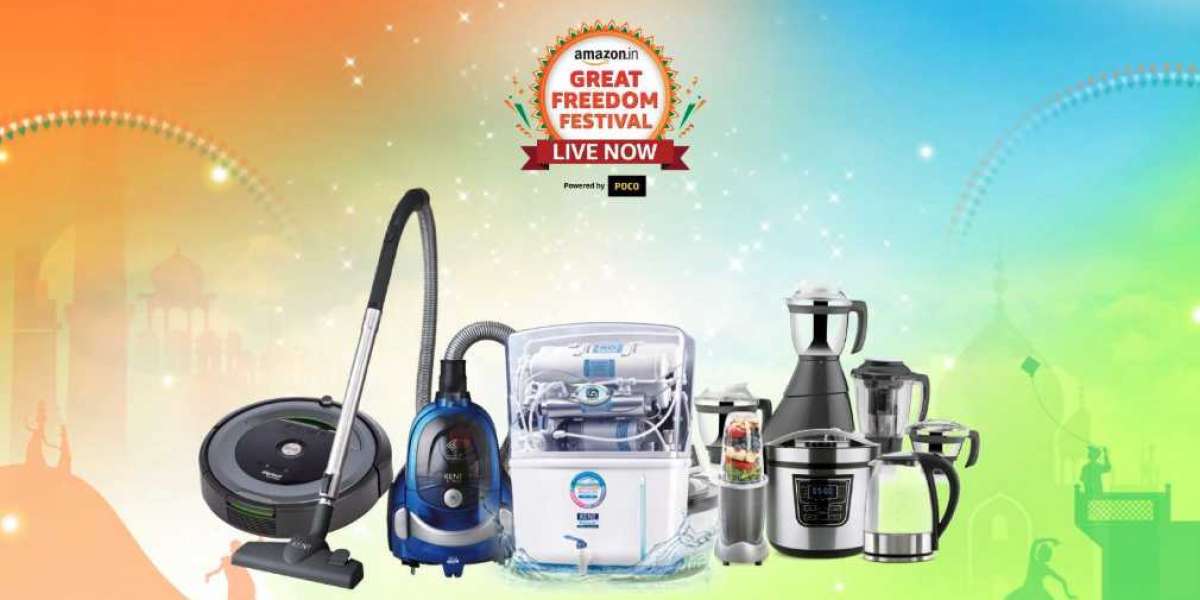Cookware, storage jars, small appliances, and décor are everyday essentials. That means demand is constant, customers are diverse, and repeat purchases are frequent.
Here’s why this category works so well for new sellers:
Year-round demand: Products like utensils, jars, and cookware are always needed.
Wide customer base: Students, new families, professionals, and homeowners all shop here.
Low entry barrier: Many items are compact, affordable, and easy to ship.
Scalability: Start lean and expand into higher-value appliances or décor later.
I started with steel lunch boxes. As sales grew, I added dinnerware and airtight jars. This gradual expansion helped me manage stock and cash flow smartly.
Step 1: Understand the Basics
Before diving in, it helps to grasp how e-commerce works. Amazon has a detailed guide on how to start an online shop. It explains why digital selling reduces overheads, how it expands reach, and what documents first-time sellers need.
Step 2: Complete Amazon Seller Registration
The first official step is Amazon seller registration. Once approved, you’ll get access to Seller Central, your dashboard to manage listings, orders, ads, and performance. You’ll need:
GST number
PAN (individual or business)
Bank account details
Business address proof
The process takes less than 30 minutes. When I finished mine, my products were instantly visible to customers nationwide.
Begin here: Amazon registration for seller
Step 3: Choose the Right Product Range
Home Kitchen has many subcategories. Start with items that are affordable to stock and easy to ship:
Storage organization: Airtight jars, modular boxes, fridge containers
Cookware utensils: Pans, kadais, spatulas, knives
Tableware serveware: Plates, bowls, glass sets
Small appliances: Mixers, electric kettles, toasters
Décor accessories: Lamps, wall clocks, organizers
Tip: Launch with 10-20 SKUs in two subcategories. Too wide a catalog can stretch your budget and focus.
Step 4: Pick the Right Fulfillment Method
Fast delivery builds trust. Amazon offers three models:
FBA (Fulfillment by Amazon): Amazon stores, packs, and ships great for small, fast-selling items.
Easy Ship: You store items; Amazon delivers.
Self-Ship: You manage storage and delivery.
I chose FBA first. It gave me the Prime badge, which improved visibility and conversions. Later, I used Easy Ship for bulky cookware.
Step 5: Market Your Products
Visibility is everything in Home Kitchen. Use these tools:
Sponsored Ads: Target search terms like “kitchen storage jars” or “cookware set”.
Deals Coupons: Offer during festivals and seasonal sales.
A+ Content: Add charts, usage visuals, and brand story.
Cross-promotion: Share shop links on WhatsApp, Instagram, or food channels.
Festive bundles like dinner sets paired with serving spoons worked well for me.
Growth Tips That Work
Start with essentials to build steady sales.
Create bundles for better value perception.
Use reviews to highlight strengths like “durable” or “easy to clean”.
Push offers during weddings and festive months.
Invest in consistent branding and packaging.
Expand gradually into premium products.
From Setup to Scale
Learning how to start an online shop for Home Kitchen products is straightforward with Amazon. With Amazon seller registration, optimized listings, strong packaging, and the right marketing, your Home Kitchen shop is positioned to grow into a reliable brand.
Start today with Amazon Seller Services and turn your Home Kitchen idea into a nationwide brand.













